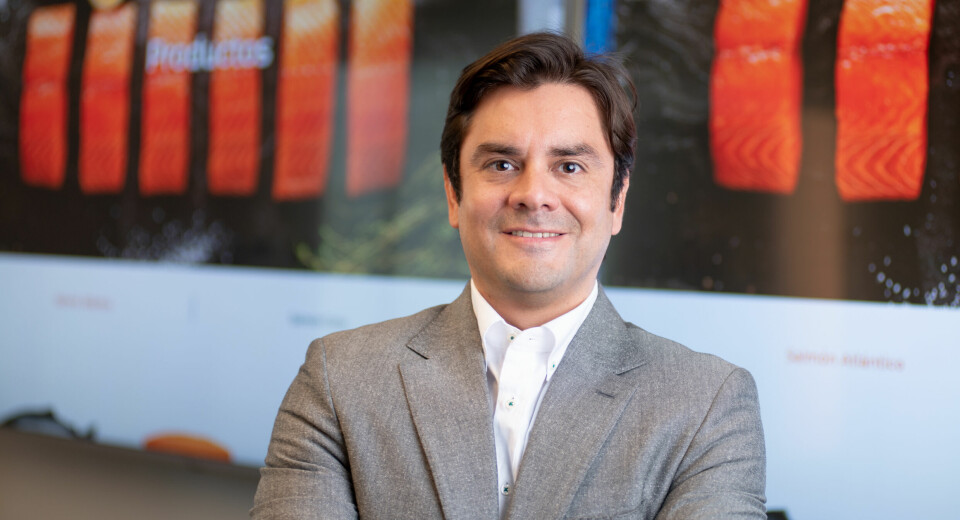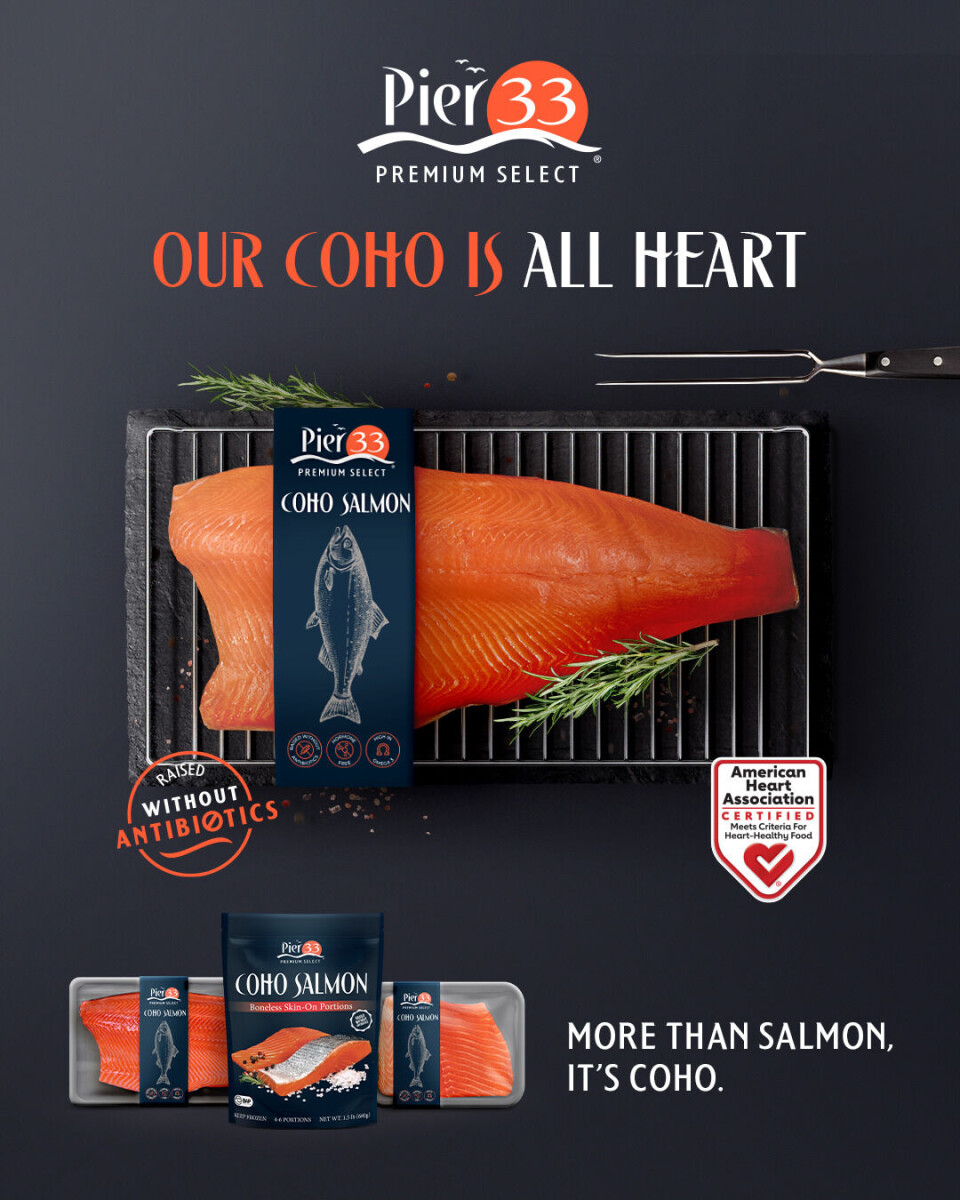
Camanchaca sets sights on Europe for coho exports
Shortage of Atlantic salmon gives Chilean farmer the opportunity to ‘conquer and enchant’ new market in its entirety, says sales boss
Chilean fish farmer Salmones Camanchaca is focusing on Europe as a new market for its increasing volume of coho salmon, its commercial manager says.
Daniel Silva told Fish Farming Expert’s Chilean sister site, Salmonexpert.cl, that the species was increasingly sought after, especially as the increase in the global supply of Atlantic salmon had stalled.
“Our goal is to conquer and enchant this market (Europe) in its entirety,” said Silva. “Coho is a tremendous product; nutritious and sustainable. This is why we will not focus our efforts on specific clients or markets but instead make the product visible throughout Europe and thus establish new business.”
Silva said that after five years of consecutive growth in Atlantic salmon production, figures from 2022 are expected to show a decrease of -1% compared to 2021.
Supply drops
“Norway, the United Kingdom, Canada and the Faroe Islands will have drops in their supply of -1%, -15%, -5% and -5% respectively. In addition, harvest projections for the first half of 2023 show that Norway has a -5% drop in its 2023 volumes and Canada an equivalent to -7%, while Chile remains unchanged, registering -0.7% compared to 2022. Given this background, it is a good time to present coho as a viable alternative, especially with a demand that grows more than the supply.”

Salmones Camanchaca primarily grows Atlantic salmon but is adding a greater proportion of coho as it expands production. While its Atlantic salmon harvest this year is expected to be the same as 2022 at around 44,000-46,000 tonnes, its coho harvest is planned to increase to 10,000-12,000 tonnes, including 2,000 tonnes to be harvested in January 2024.
The company increased its focus on coho following the loss of 1.6 million Atlantic salmon because of algal blooms in 2021. Coho are harvested before the time of year when most blooms occur and have a natural resistance to sea lice.
Camanchaca plans to harvest 70,000 tonnes (Atlantic and coho) in 2024.
Antibiotic-free
“Coho is a very good product,” said Silva. “In our case, it is grown free of antibiotics, which has given it various sustainability certifications; and more recently the one awarded by the American Heart Association, one of the highest benchmarks in cardiology in the United States, which recommends the consumption of coho salmon to prevent cardiovascular diseases among other benefits.
“In this sense, you only have to make yourself known to access greater diversification, something that will undoubtedly happen over the next few years in terms of growth.”






















































